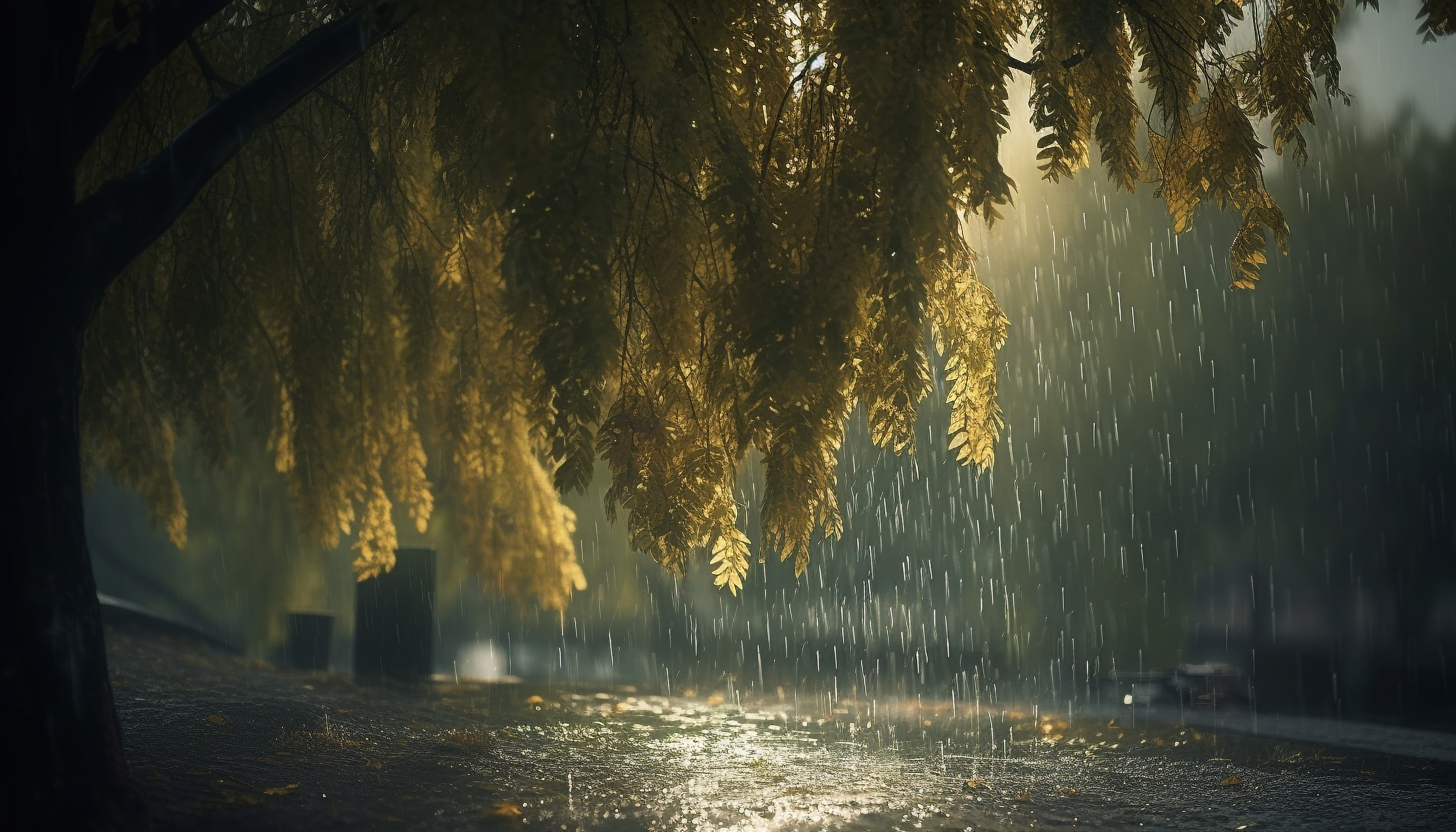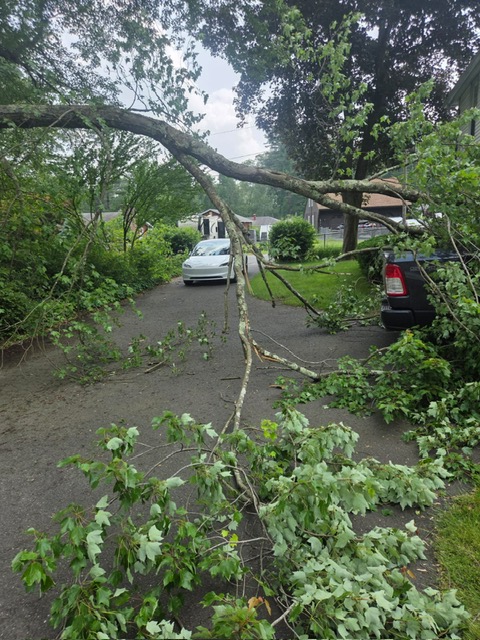How Straight-Line Winds in Media, PA Create Hidden Tree Hazards
By Tree Emergency Expert
Tree Emergency Expert

Straight-line winds aren’t tornadoes. But they pack the same destructive punch. These winds, often part of fast-moving thunderstorms called derechos, blast in one direction—hard and fast. Speeds regularly hit 60 to 100 mph.
How Straight-Line Winds in Media, PA Create Hidden Tree Hazards
“You don’t need a tornado to lose a tree—just 70 mph of fury in a straight line.” In the summer of 2023, straight-line winds snapped and uprooted trees across Delaware County. Entire blocks in Media, PA were left in the dark. Some yards looked like war zones. And many homeowners had no idea they were still living with silent hazards weeks later.
Let’s break this down. Clearly. Quickly. Safely.
What Are Straight-Line Winds—and Why Are They So Dangerous for Trees?
Straight-line winds aren’t tornadoes. But they pack the same destructive punch. These winds, often part of fast-moving thunderstorms called derechos, blast in one direction—hard and fast. Speeds regularly hit 60 to 100 mph.
Here’s what that does to trees:
Uproots them entirely (especially in soft, saturated soil)
Shears off major limbs
Splits trunks vertically, sometimes deep into the base
Weakens root structures without visible signs
And here's the kicker: You won’t always see the damage right away.
The Hidden Hazards Lurking in Your Yard
Let’s get specific. After a straight-line wind event, not all threats are obvious. Some play the long game.
1. Leaning Trees That Didn’t Fall
If your tree’s posture changed—even slightly—it could signal compromised roots. This kind of tilt can suddenly worsen during the next rainstorm. Or snow. Or breeze.
2. Hanging Limbs (a.k.a. “Widowmakers”)
A limb broken but not fallen is one of the most dangerous things in a yard. It can hang silently for days… until gravity wins.
3. Cracked Root Collars and Split Trunks
You have to look low—at the very base. Check for hairline splits, bulging soil, or gaps forming between trunk and ground. These are the warning signs most people miss.
What to Do Immediately After a Storm in Media, PA
Time matters. So does caution.
✅ Step 1: Stay Clear
Don't walk under damaged trees. Especially not to “check it out.” The danger isn’t always visible from below.
✅ Step 2: Take Photos
Snap clear pictures from multiple angles. Capture:
Uprooted roots
Broken branches
Impacted structures (fences, roofs, cars)
If insurance gets involved, this is gold.
✅ Step 3: Call a Licensed Emergency Tree Pro
This isn’t a DIY chainsaw moment. The wrong cut on a tensioned branch can be fatal. Or destroy more property.
How 1 Tree Emergency Helps Homeowners After Wind Damage
Our 1 Tree Emergency App was designed for days like this.
Whether you’re in downtown Media or tucked into a tree-heavy side street, here’s what we offer:
Instant access to local certified arborists and emergency crews
Real-time job alerts during storm events
Rapid E.T.A. submission from nearby pros
Organized before/after photo documentation
Insurance-friendly digital work orders
We’ve built the tech and the network so you’re not waiting, guessing, or scrambling after disaster strikes.
Prevention Starts Now—Not After the Next Storm
Let’s talk about what’s next. Because while we can’t stop the wind, we can prepare for it.
✅ Annual Tree Assessments
Especially for older trees or those within 20 feet of your home.
✅ Canopy Thinning and Selective Pruning
Less sail-like surface means less wind resistance. That reduces the risk of uprooting.
✅ Deep Root Zone Care
Trees with weak or compacted root systems are the first to fall. We can assess and treat before it’s too late.
Final Word: Be Proactive, Not Reactive
If you live in Media, you know storms aren’t slowing down. Straight-line winds are silent, sudden, and increasingly common in our region. But the damage they leave behind doesn’t have to define your property—or your safety.
Let’s get ahead of it. Our emergency crews are ready. Our app connects you to help instantly. And your trees? They deserve the care before the storm hits.
Book a free storm-risk assessment or emergency response with 1 Tree Emergency today. We’re local. We’re licensed. And we’re built for this.
Share this article:
Related Articles

Hurricane Erin: More Than Wind and Waves—Why Tree Damage Is a Real Threat
One moment, it’s a typical late-summer day. The next, Hurricane Erin is churning just offshore, sending waves crashing and winds screaming down our streets. Sure, everyone’s talking about the rip currents and the giant surf. But for homeowners across Connecticut and the East Coast, the bigger worry is what those winds can do to trees

The Hidden Dangers of Microburst Storms for Trees
“A microburst can unleash winds over 100 mph — faster than most tornadoes.” When most people think of storm damage, they picture hurricanes or blizzards. But microbursts? Those often fly under the radar — until they take out half the trees in your neighborhood.

Minneapolis Storm Chaos: 24/7 Emergency Tree Removal & Recovery Guide for 2025
From Minneapolis to Eden Prairie, Paynesville to Montgomery, and across South St. Paul, Dellwood, and Edina, residents are waking up to a harsh reality: downed trees, blocked driveways, roof damage, and the looming risk of unstable limbs still hanging overhead. Whether a massive oak has crushed your fence or branches are dangerously close to power lines, fast, expert help isn't just important—it’s essential.
Need Emergency Tree Service?
Our team of certified arborists is available 24/7 to handle any tree emergency.